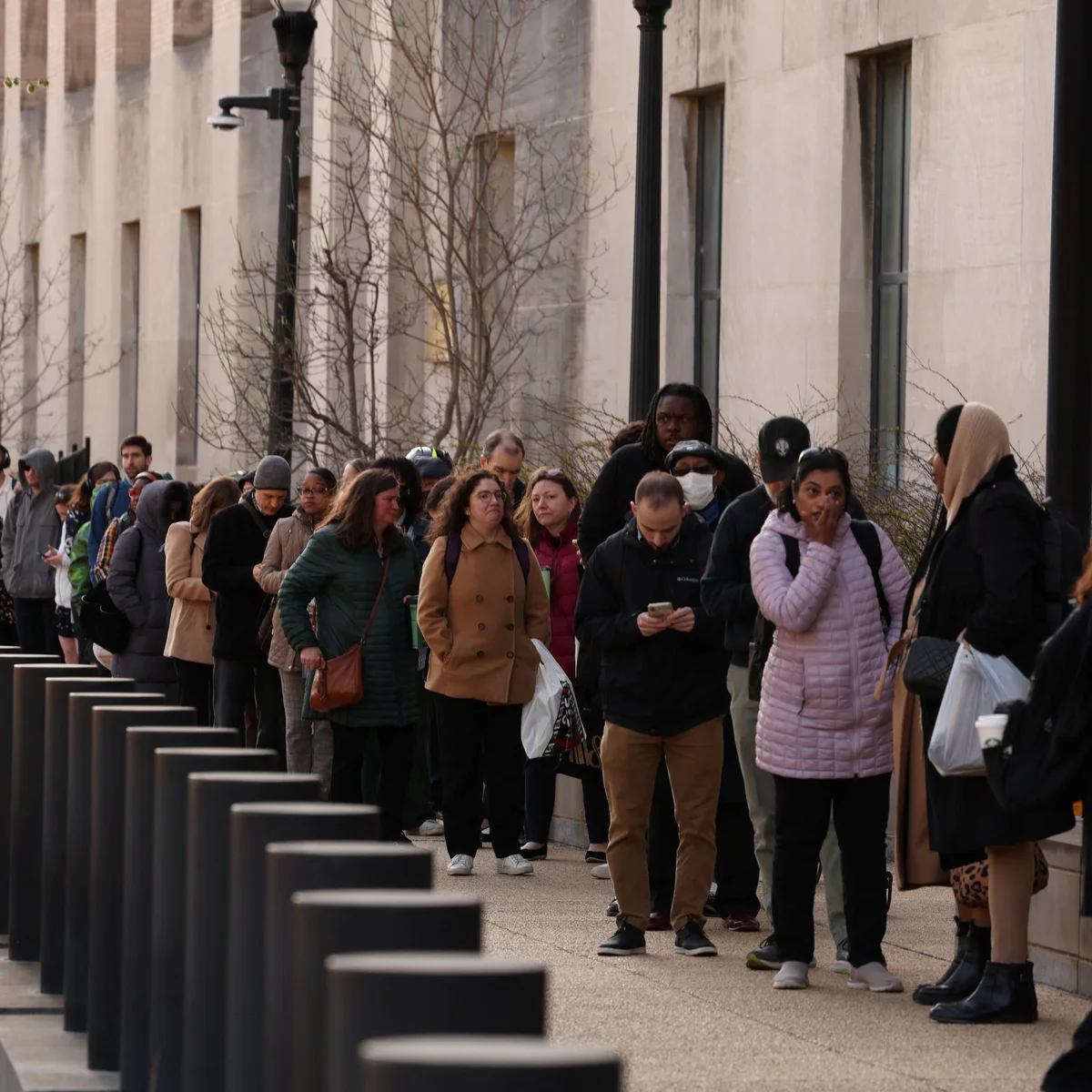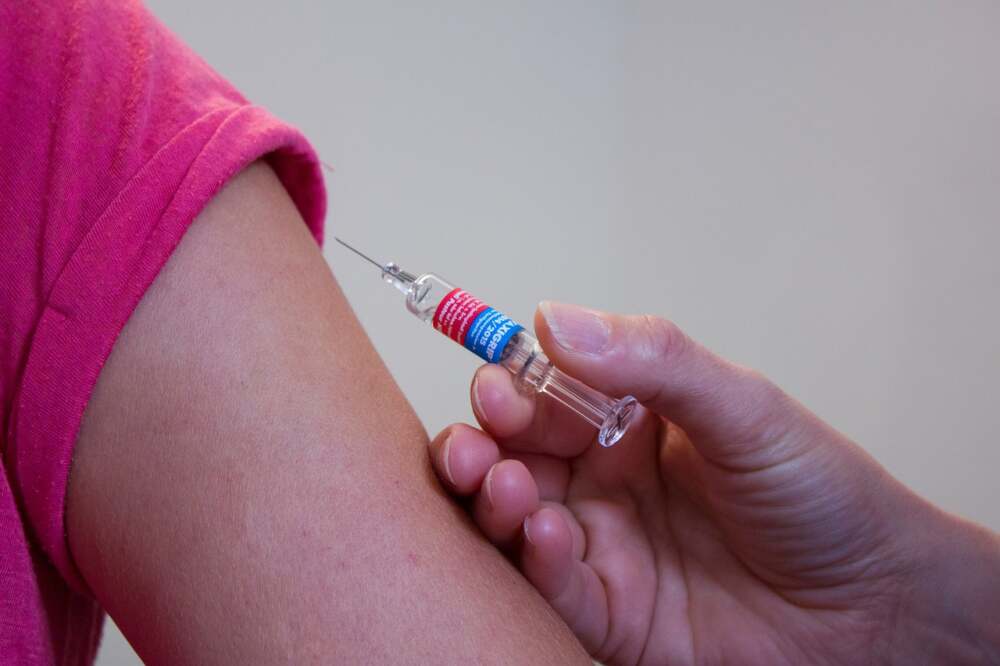China has launched an aggressive public health campaign to combat a rapidly growing outbreak of the mosquito-borne chikungunya virus in Guangdong province. More than 7,000 cases have been reported, with the majority in the industrial city of Foshan and additional cases in Hong Kong, Macau, and Hunan. Although chikungunya is rarely fatal and cannot spread directly between people, its high infection rate and severe symptoms have prompted an extensive containment effort.
Familiar Pandemic-Style Tactics
Authorities are employing a wide range of measures reminiscent of the COVID-19 response:
- Drone surveillance to locate and destroy mosquito breeding grounds.
- Mass fumigation campaigns, including inspections of households to eliminate standing water.
- Biological control methods, such as releasing mosquito-eating fish and predatory larvae.
- Public health messaging urging residents to use mosquito coils, install window screens, and sleep under nets.
- Strict enforcement, with fines and temporary power cuts for those who fail to comply with mosquito-control rules.
Pharmacies are monitoring purchases of fever and pain medications, while hospitals have set up special isolation wards for suspected cases until test results confirm the infection.
Climate and Disease Risks
Experts say extreme heat and heavy rains have created ideal breeding conditions for mosquitoes, accelerating the virus’s spread. Public education campaigns are also working to help residents distinguish chikungunya from dengue fever, which shares similar symptoms.
A Broader Warning
China’s swift mobilization underscores the growing global challenge of controlling vector-borne diseases in a warming climate. While the outbreak may be contained, it highlights the potential for such illnesses to spread rapidly and disrupt communities if not met with decisive action.
















Leave a Reply